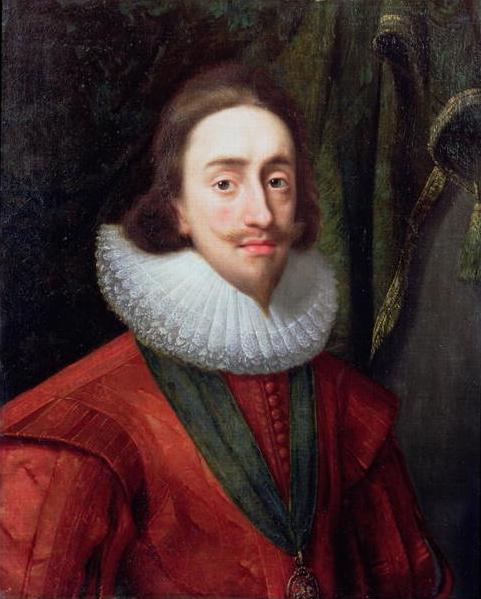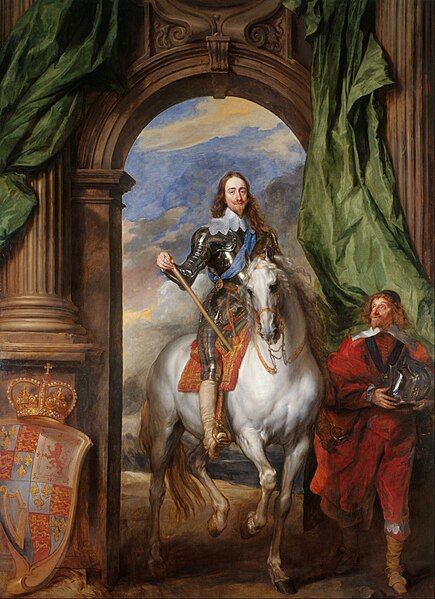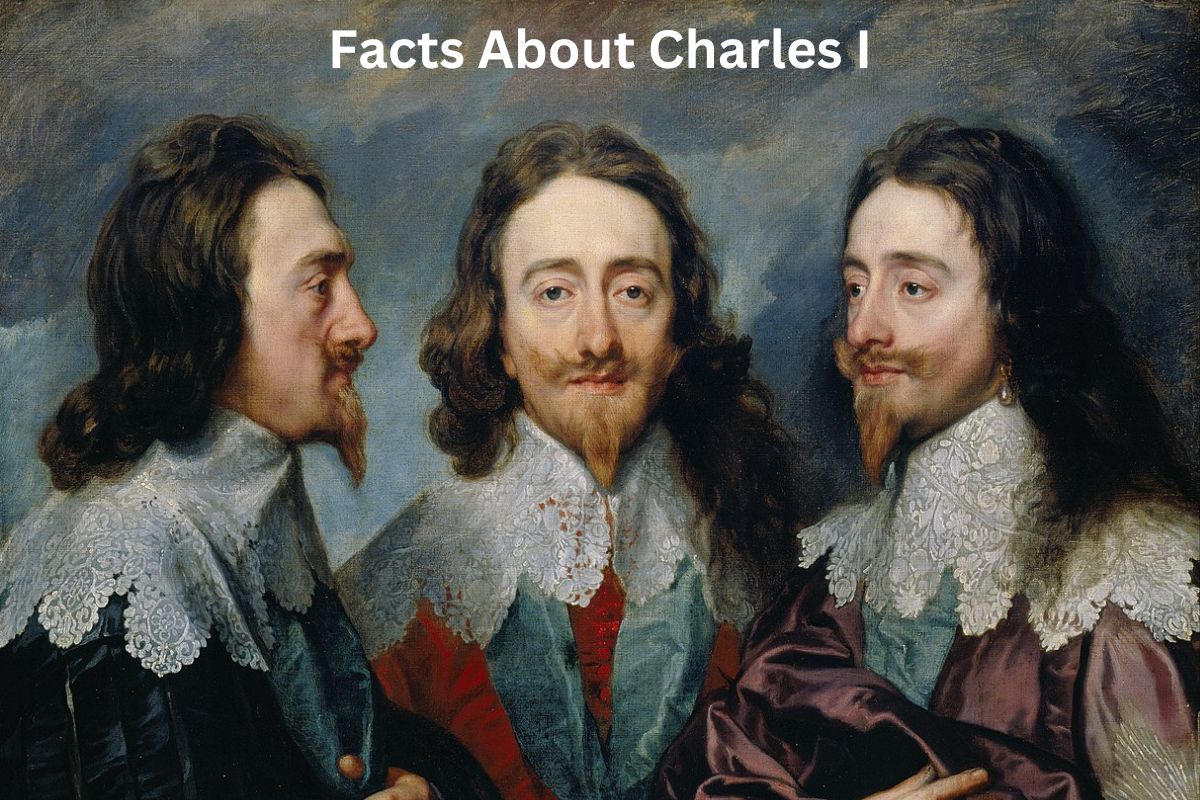Charles I of England, born in 1600, became king in 1625 and faced conflicts with Parliament over power and taxes.
His rule without Parliament from 1629 to 1640, along with attempts to impose religious conformity, led to the English Civil War from 1642 to 1651.
He was captured, tried, and executed for high treason on January 30, 1649, becoming the only English monarch to be executed.
Charles I was known for his art collection and was married to Henrietta Maria of France, with several children, including Charles II and James II.
His reign and execution significantly impacted English history.
Charles I Facts
1. Born on November 19, 1600
Charles I was born on November 19, 1600, in Dunfermline Palace, Scotland. He was the second son of King James VI of Scotland (who later became James I of England) and Anne of Denmark. His birth made him the heir to the English and Scottish thrones.
Also Read: Facts About Oliver Cromwell
Charles was born into the Stuart dynasty, a Scottish royal family that would play a significant role in the history of England, Scotland, and later the United Kingdom.

2. Became King in 1625
Charles I ascended to the throne of England, Scotland, and Ireland in 1625 upon the death of his father, King James I. At the time, he was 24 years old.
Also Read: Accomplishments of Charles I
His reign was marked by his belief in the divine right of kings, which asserted that monarchs derived their authority to rule directly from God. This belief influenced his approach to governing and his conflicts with Parliament.
3. Faced conflicts with Parliament
One of the defining features of Charles I’s reign was his ongoing conflict with Parliament over issues of authority and taxation. He believed in the absolute authority of the monarchy and resisted parliamentary attempts to limit his powers or raise taxes without his consent.
The conflict was rooted in differences over governance and the role of Parliament in decision-making. It led to frequent clashes and strained relations between the king and Parliament throughout his reign.
4. Ruled without Parliament from 1629 to 1640
Charles I’s period of personal rule, often referred to as the “Personal Rule” or the “Eleven Years’ Tyranny,” lasted from 1629 to 1640. During this time, Charles ruled without convening Parliament.
To fund the government and his military campaigns, Charles I resorted to various means, including unpopular taxes and fines. This autocratic approach to governance fueled discontent among his subjects and further strained his relationship with Parliament.
5. Attempted to impose religious conformity
Charles I’s reign was marked by religious controversies, both in England and Scotland. He attempted to impose religious conformity by promoting the Anglican Church’s practices in both realms.
In Scotland, his efforts to introduce the Anglican Book of Common Prayer in 1637 led to widespread resistance and protests, known as the “Bishops’ Wars,” which ultimately contributed to the outbreak of the English Civil War.
In England, his support for high-church Anglicanism and his appointment of William Laud as Archbishop of Canterbury were divisive, as many perceived them as moves toward Catholicism.

6. English Civil War occurred during his reign
The English Civil War, which began in 1642 and lasted until 1651, was a pivotal event during Charles I’s reign. It was primarily a conflict between Royalist (Cavalier) supporters of the king and Parliamentarian (Roundhead) forces led by figures like Oliver Cromwell.
The war was rooted in political and religious tensions, with Parliamentarians seeking greater control over the government and a constitutional settlement that limited the king’s powers.
The war resulted in a series of battles and campaigns, with notable clashes like the Battle of Edgehill (1642) and the Battle of Naseby (1645). Ultimately, the Parliamentarian forces emerged victorious.
7. Executed on January 30, 1649
Charles I’s execution on January 30, 1649, was a momentous event in English history. He was put on trial for high treason by the Rump Parliament, a group of MPs who remained after Pride’s Purge, a political maneuver that removed moderate MPs.
Charles I’s trial was a significant departure from the traditional understanding of monarchy, as it established the principle that even a king could be held accountable under the law for his actions.
He was found guilty and sentenced to death. On the day of his execution, he was beheaded in front of the Banqueting House in Whitehall, London, in what was a shocking and unprecedented event in English history.
8. Trial established accountability for monarchs
The trial and execution of Charles I had profound consequences for the future of England. It marked a shift in political philosophy, as it challenged the idea of absolute monarchy and established the concept that a ruler could be subject to the rule of law.
The period following Charles I’s execution saw the establishment of the Commonwealth of England, a republic led by Oliver Cromwell. The monarchy was abolished, and the country was ruled without a king until the Restoration in 1660.
9. Had a notable art collection
Charles I had a notable passion for the arts, particularly painting and sculpture. He was a patron of artists and accumulated a significant collection of artworks, which became known as the Royal Collection.
His art collection included works by renowned artists such as Titian, Rubens, and Van Dyck. Many of these artworks are now part of the Royal Collection Trust and are displayed in various royal residences, including Buckingham Palace.
10. Married Henrietta Maria of France
In 1625, Charles I married Henrietta Maria of France, a Catholic princess. Their marriage was politically significant, as it aimed to strengthen ties between England and Catholic Europe.
Charles and Henrietta Maria had several children, including the future King Charles II and King James II. These Stuart monarchs played pivotal roles in English and Scottish history, with Charles II’s reign marking the period known as the Restoration, when the monarchy was reinstated.
